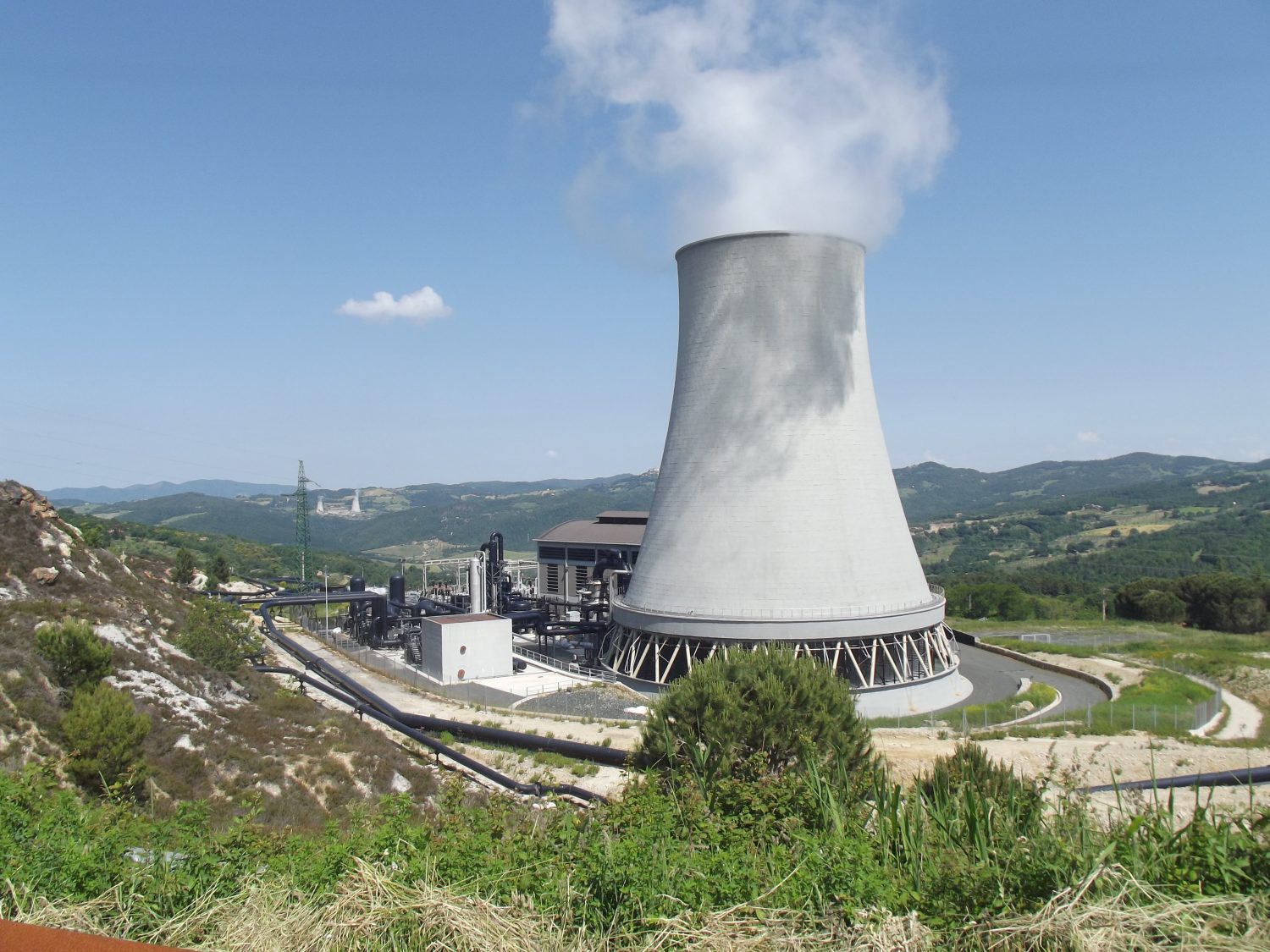How important is stainless steel in the nuclear industry?
27th Apr

The nuclear is highly specialised and involves complicated processes that demand specifically designed power plants, equipment, and materials in order to complete them safely and effectively. Conditions in nuclear power plants are very dangerous and hostile, so not just any metal can be used. That’s where stainless steel comes in as it has several properties that make it the perfect fit for the strict requirements of nuclear fabrication. In this guide we’ll be exploring how stainless steel is used in nuclear power plants and its overall importance to the industry.
How is stainless steel fabrication used in the nuclear industry?
Specially crafted stainless steel parts can be found throughout standard nuclear power plants whether it is big or small. Nuclear reactors will generally contain the components below – which are almost always made from stainless steel or a type of stainless steel.
- Containment vessels – these are one of the biggest stainless steel parts in a nuclear plant. They have the extremely important job of protecting the reactor from outside factors and workers from radiation effects.
- Rods – they control nuclear reactions and are located within the reactor core. Their purpose is to absorb neutrons using either boron, cadmium, or hafnium.
- Steam generators – the majority of reactors will have multiple steam generators. Turbines are powered by steam created from a pressurised coolant when the reactor generates heat.
- Moderators – the moderator can be graphite or water and is situated in the reactor core to slow fission-produced neutrons.
- Pressure tubes – they contain fuel or coolants and are generally made from stainless steel.
- Fuel or coolants – uranium oxide balls are kept in tubes (see above) to fuel the plant. At the same time cool circulates around the core to stop it from overheating.
Both austenitic and ferritic stainless steels are present in the nuclear industry, but it is austenitic that is the favoured choice for engineers. This is because it’s often considered to be the most effective in highly corrosive and hot environments. So, you will typically see it in pipes and other process-related vessels. Not only that but it is easily available, simple to fabricate and weld, very impact resistant at a range of temperatures from hot to cold to name just a few of its impressive benefits.
The importance of stainless steel in the nuclear industry
From what we have explored above, we can see that stainless steel has a strong presence throughout nuclear sites. The importance of nuclear steel fabrication isn’t just a relevant factor now but also will continue to be in the future. Many experts believe that there will be a growing demand for nuclear energy in the future as a result of the increasing use of clean energy resources and the efforts being made to reduce the impacts of climate change.
As the industry develops further so too will the need for more high temperature reactors and equipment that is able to withstand increasingly hostile and hazardous environments. This means there is a clear opportunity for stainless steel manufacturing and fabrication to grow with the industry and rise to the challenge of making nuclear energy more sustainable and safer. Taking all this into account, it’s clear to see just how vital stainless steel is to the nuclear sector and it will carry on being that way for many years to come.
Conclusion
Looking for high quality, professional nuclear steel fabrication? FEM can help. Our team of experienced and skilled engineers understand the rigorous requirements of the nuclear industry and the precise work needed to ensure the complete safety and effectiveness of the products created. Contact us today to discuss your project needs and find out how our services can help you.